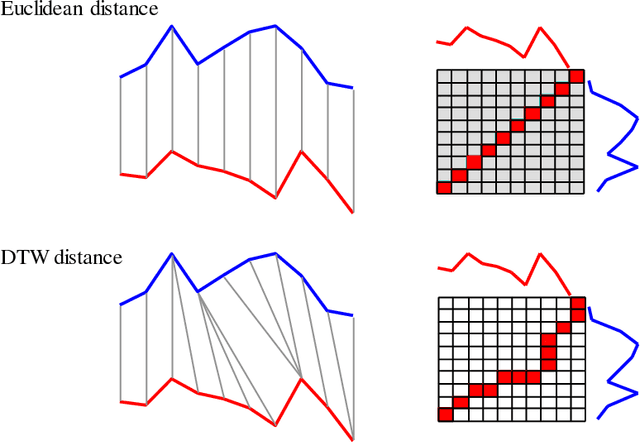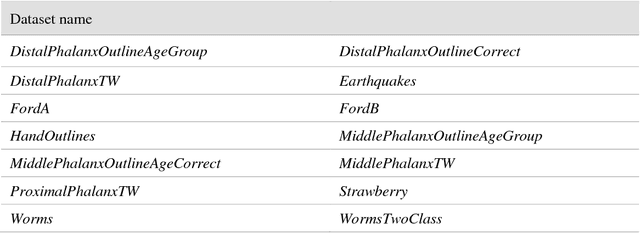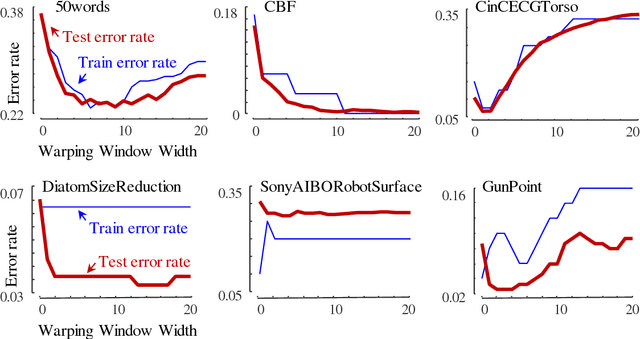Shaghayegh Gharghabi
Learning to Retrieve for Job Matching
Feb 21, 2024



Abstract:Web-scale search systems typically tackle the scalability challenge with a two-step paradigm: retrieval and ranking. The retrieval step, also known as candidate selection, often involves extracting standardized entities, creating an inverted index, and performing term matching for retrieval. Such traditional methods require manual and time-consuming development of query models. In this paper, we discuss applying learning-to-retrieve technology to enhance LinkedIns job search and recommendation systems. In the realm of promoted jobs, the key objective is to improve the quality of applicants, thereby delivering value to recruiter customers. To achieve this, we leverage confirmed hire data to construct a graph that evaluates a seeker's qualification for a job, and utilize learned links for retrieval. Our learned model is easy to explain, debug, and adjust. On the other hand, the focus for organic jobs is to optimize seeker engagement. We accomplished this by training embeddings for personalized retrieval, fortified by a set of rules derived from the categorization of member feedback. In addition to a solution based on a conventional inverted index, we developed an on-GPU solution capable of supporting both KNN and term matching efficiently.
The UCR Time Series Archive
Oct 17, 2018



Abstract:The UCR Time Series Archive - introduced in 2002, has become an important resource in the time series data mining community, with at least one thousand published papers making use of at least one dataset from the archive. The original incarnation of the archive had sixteen datasets but since that time, it has gone through periodic expansions. The last expansion took place in the summer of 2015 when the archive grew from 45 datasets to 85 datasets. This paper introduces and will focus on the new data expansion from 85 to 128 datasets. Beyond expanding this valuable resource, this paper offers pragmatic advice to anyone who may wish to evaluate a new algorithm on the archive. Finally, this paper makes a novel and yet actionable claim: of the hundreds of papers that show an improvement over the standard baseline (1-Nearest Neighbor classification), a large fraction may be misattributing the reasons for their improvement. Moreover, they may have been able to achieve the same improvement with a much simpler modification, requiring just a single line of code.
 Add to Chrome
Add to Chrome Add to Firefox
Add to Firefox Add to Edge
Add to Edge